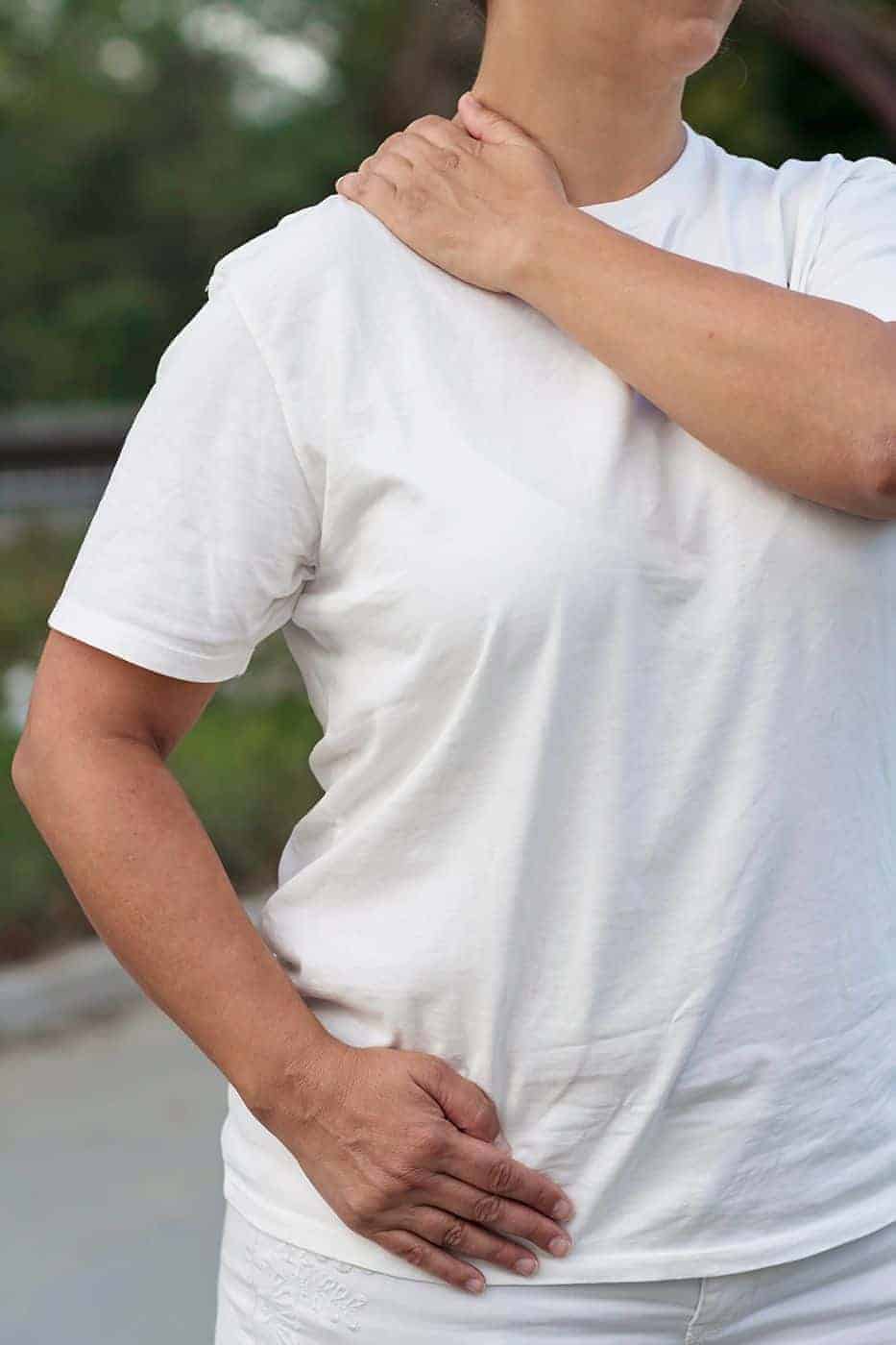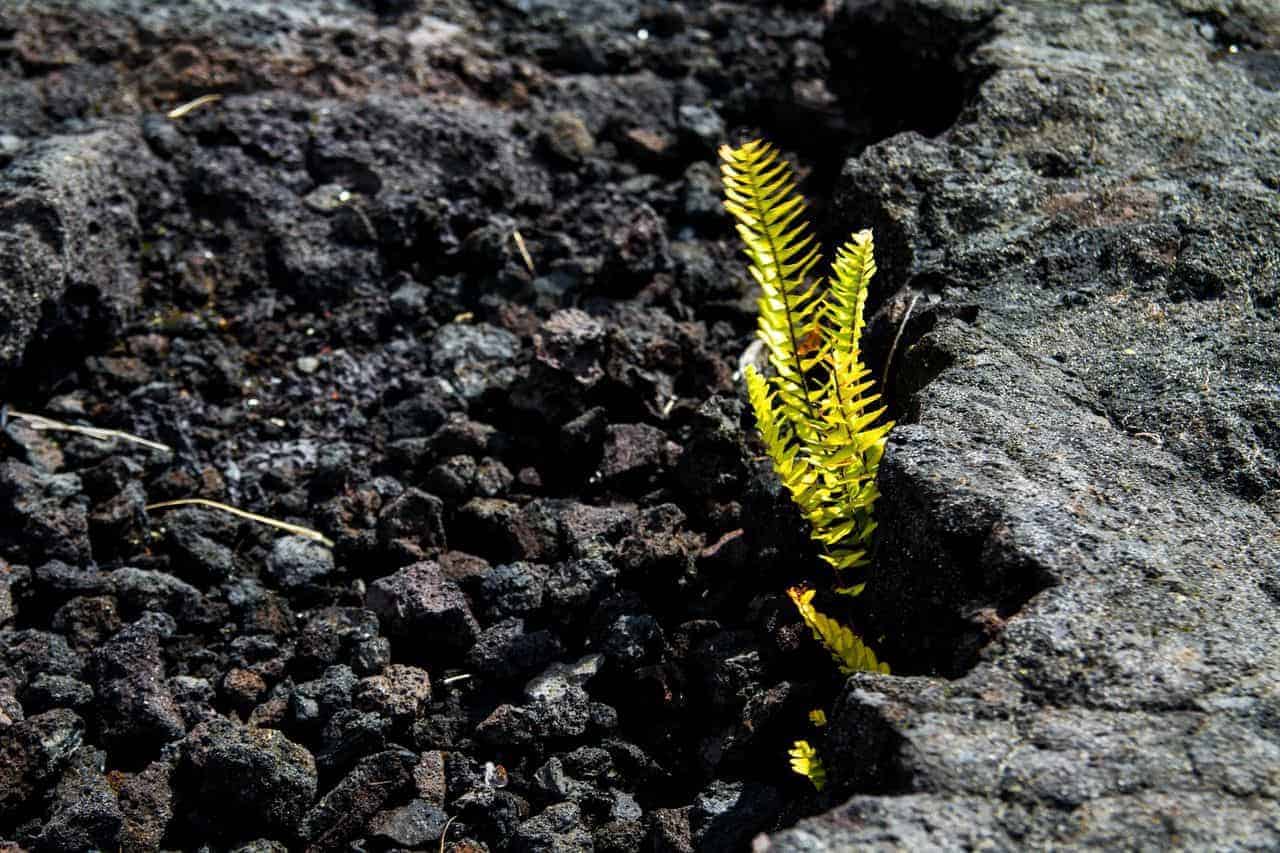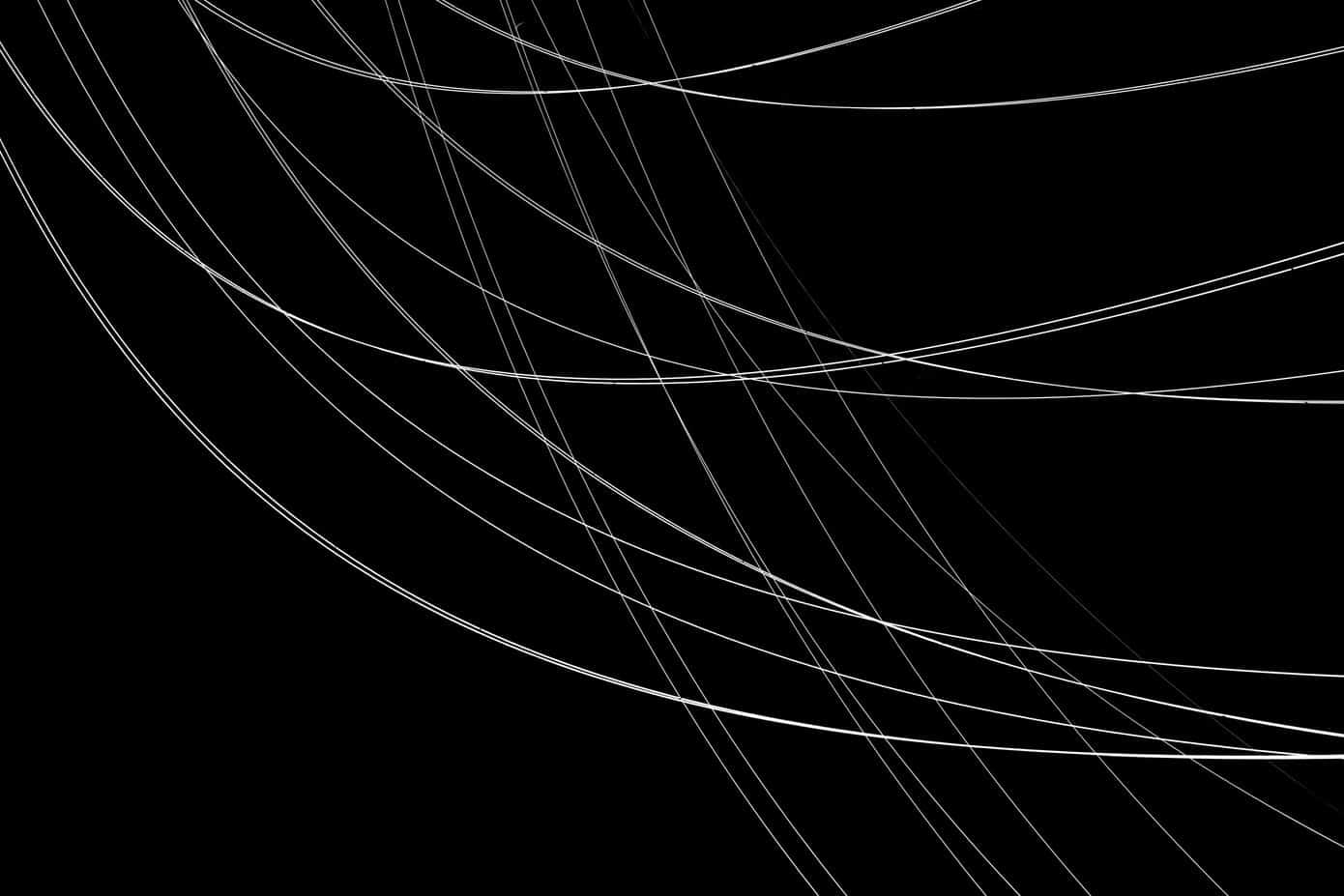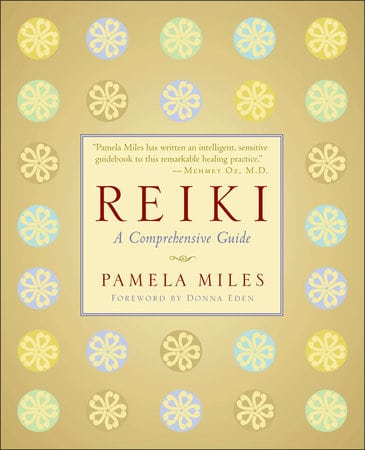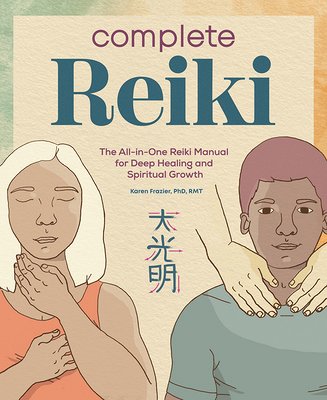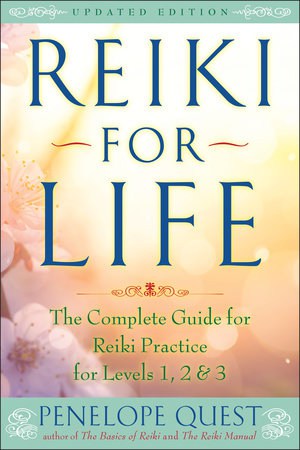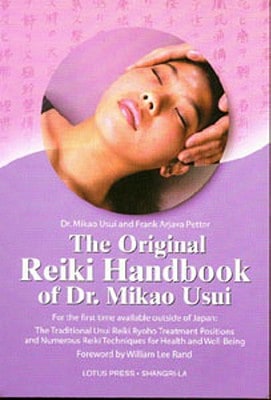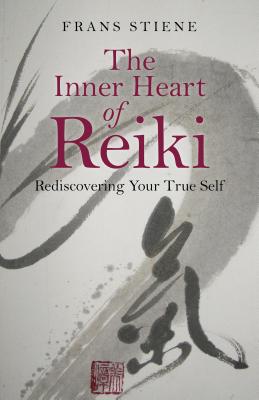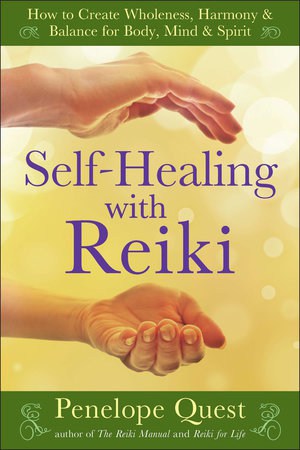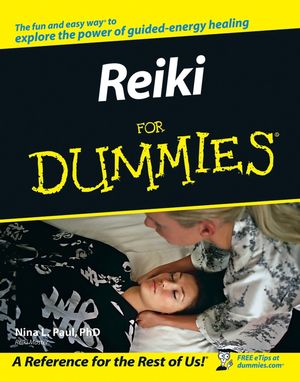Therapy
What Is Reiki: Its Health Benefits, Evidence Base, and the Principles of Reiki
Suzanne Wentley August 21, 2021
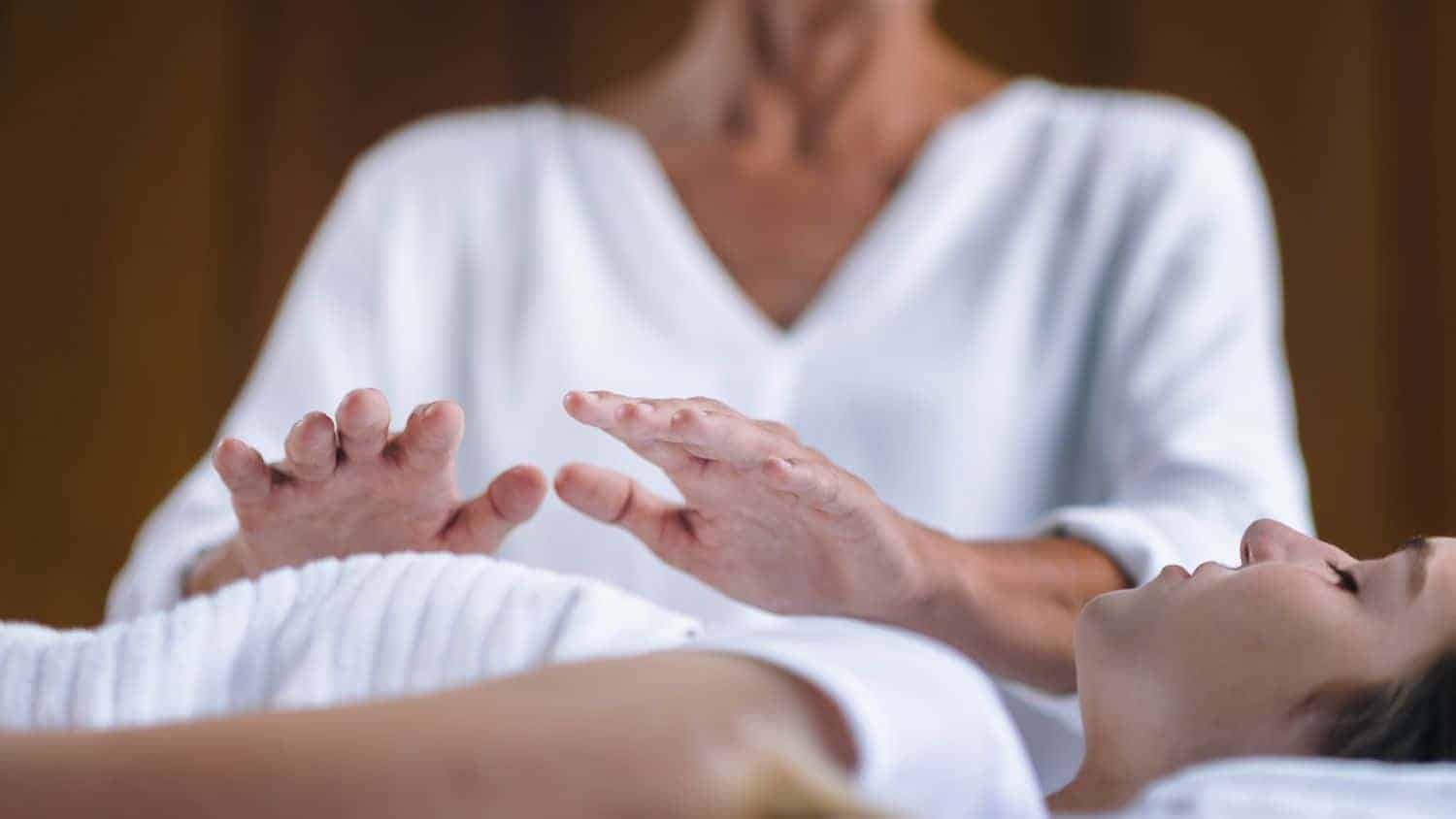
Contents
- Overview
- What Is Reiki?
- The Precepts: The Five Reiki Principles
- How Does Reiki Work?
- Effectiveness of Reiki
- Potential Benefits of Reiki
- Summary and Outlook
What Is Reiki?
The term Reiki is based on the Japanese words Rei and ki, which broadly translate to “universal spirit, Higher Power, or God” and “life energy,” respectively.1 Reiki was formalized in the early 1900s in Japan by Mikao Usui Sensei. Today, Reiki is a globally popular energy healing modality practiced by health-care professionals as well as non-health-care professionals.2
Reiki is a spiritual practice based on the philosophy that universal healing energy surrounds us at all times and can be accessed, harnessed, and channeled by practitioners to facilitate the healing of others. Belief in a universal energy system and healing energy has existed throughout history. The flow of universal healing energy has been referred to as “‘Prana’ in India, ‘Chi’ in China, ‘Ruarch’ for Hebrews, ‘Mana’ in Hawaii, and ‘Wairua’ for the Aotearoa New Zealand Maori people.”3
Throughout history, energy healing modalities have existed. According to vanderVaart, Gijsen, de Wilt, and Koren, “Hippocrates referenced the ‘biofield’ of energy flow from people’s hands, the Indian Chakra system is based on energy centers in the body, and Eastern energy practices such as qigong rely on the breath to balance the body’s energy field.”2
According to Vitale (2007), “Energetic balance or harmony involves biopsychosocial and spiritual integration, commonly expressed as physical and spiritual healing. This concept serves as a major foundation for complementary and alternative medicine (CAM) energy work.”4
Reiki is considered a complementary health approach by the National Center for Complementary and Integrative Health (NCCIH) and is cost-effective, noninvasive, and non-harmful.5
Reiki has similarities to other biofield and touch-based therapies, such as therapeutic touch and healing touch.4
By working with this subtle energy field with hands-on (or remote) healing sessions, it’s possible to facilitate physical, emotional, mental, karmic, and spiritual self-healing; alleviate suffering; and bring happiness to those who receive it.6
According to foundational beliefs in this healing system, anyone can work with Reiki energy if a Reiki master, or Shinpiden, has attuned them.1 An attunement connects someone to the healing life energy of Reiki and allows them to channel it. A student of Reiki may receive four levels of attunement. I was first attuned almost 20 years ago and often come across those who are skeptical of its benefits. While I firmly believe that Reiki treatments should serve as a complementary practice along with modern medicine, my experience and that of thousands of others who have experienced it show that treatments dramatically reduce negative symptoms of a wide range of conditions. This practice shifts energy and provides a catalyst for personal growth and transformation in a powerful way.
The Reiki process may sound New Agey to some. Reiki practitioners use the healing energy to balance the body’s chakras—the seven wheels of energy located along the central line in the body’s fascia. These energy wheels are associated with physical, mental, and emotional health. For example, a blockage in the throat chakra may make it difficult for someone to speak their truth in challenging situations. If throat chakra energy is in excess, the person might talk excessively. The imbalance may manifest physically as a scratchy throat or, worse, cancer.
The chakra energy wheels are all interrelated. For example, blocks in the sacral chakra, located below the belly button, may be connected to an imbalance in the solar plexus chakra located in the stomach area. Reiki healing energy flows to where it can best help.
Simply put, the goal of tapping into the Reiki energy is to balance the chakras and facilitate the self-healing process.
What Is the History of Reiki?
Reiki, in its modern form, was founded by Mikao Usui Sensei, who was born in 1865. Dr. Usui’s initial spiritual path toward enlightenment was through Zen Buddhism, and for years he trained in seated meditation. However, during the spring of 1922, he initiated an extended fast in a final attempt to achieve enlightenment. On the 21st day of fasting, he had a vision of a certain kind of energy—which he later called Reiki—resonating throughout his body. Through this vision, he gained insight into the universe’s healing powers, saw sacred symbols, and created what he called the five precepts, or the five principles, of Reiki.
He devoted the rest of his life to sharing these Reiki principles through a process known as attunement. This hands-on ceremony enables Reiki masters to connect with practitioners and share an ability to harness energetic healing powers with others. This practice is still used today.
Although his teachings were initially reserved for a select few, by the end of his life, Dr. Usui had attuned 21 Reiki masters. These teachers have passed down the healing technique over the years through one-on-one attunement and classes, which, though they may have changed slightly, the principles are the same.
The Precepts: The Five Reiki Principles
Reiki isn’t the only practice with specific proclamations for living your best life. Think of the Ten Commandments of Christianity or the yamas and niyamas7 from Patanjali’s Yoga Sutras.
The five founding spiritual principles of Reiki, also known as the Gokai, were developed by Mikao Usui Sensei, and they are engraved on his memorial stone in the Saihoji Temple in Tokyo. These five simple principles set the foundations for Reiki more than 100 years ago and remain at the heart of its practice. The Gokai is intended to help people attain good health and happiness in their lives. Dr. Usui emphasized a peaceful and balanced state of mind for his students.9 Additionally, the five Reiki principles encourage students to be in the present moment; have humility, kindness, and gratitude; and practice this wisdom in everyday life. The five principles of Usui Reiki are as follows:5,8,9
First principle
Just for today, do not worry.
Second principle
Just for today, do not anger.
Third principle
Just for today, I am grateful.
Fourth principle
Just for today, I will do my work honestly.
Fifth principle
Just for today, I will be kind to every living thing.
The Usui Reiki Gokai are part of a more extended version of the message known as the Usui Gainen:10
The secret method of inviting blessings.
The spiritual medicine of many illnesses.
Anger not, worry not, today only.
Do your work with appreciation
Be kind to people.
In your life, perform gassho as your mind recalls
The Usui system for connecting with your ancestral self, through the body-mind.
The founder
Mikao Usui
Usui Sensei recommends that practitioners focus on each Reiki principle on a daily basis. He encourages people to sit every morning and night with their palms placed together in a prayer position known as Gassho and speak the words of the principles above as an affirmation, “out loud in your heart.”11
How Does Reiki Work?
Hands-on Reiki treatment is typically offered through light touch on a fully clothed recipient who is seated in a chair or a lying down on a treatment table. The recipient is asked to engage with the treatment with an open, receptive mind. The practitioner then focuses intently on supporting the recipient’s highest healing good and invites and directs the flow of the healing energy with the help of sacred, secret symbols that are drawn in the air and learned through the attunement process.12
The practitioner’s hands hold various positions on the body and head. The hands can either be placed lightly in these positions on the body or slightly (a few inches) above the body.8
Reiki healing is very different from psychological therapy, hypnotism, or other mental healing techniques largely because the recipient does not have to believe in the efficacy of the practice.13 In fact, the person doesn’t even need to be awake or conscious, according to Hiroshi Doi, a leading authority on Reiki in Japan.
Anyone can be a recipient of Reiki treatment, but to give a treatment, a practitioner must be attuned. Anyone can become attuned through a hands-on, in-person session with a Reiki master. Treatments can be conducted either individually or in a group and can take place in-person or remotely.
How Long Does a Reiki Session Last?
A Reiki session generally lasts between 30 and 90 minutes; however, a session can be as short or as long as required and deemed mutually acceptable.
It is generally recommended to receive four or more Reiki treatments to obtain benefits for more chronic conditions.8
Talking about the treatment is a little like talking about a massage. It’s best to experience it to understand its benefits fully.
How Is a Reiki Practitioner Trained?
To become a Reiki practitioner, a student progresses through the following levels:
- First Level: Practitioners work on balancing their own energies.
- Second Level: Practitioners practice long-distance (remote) Reiki healing sessions.
- Advanced Reiki Training (ART): Practitioners learn additional skills to refine and improve their ability to facilitate healing for their clients.
- Full Mastery Level: Practitioners are considered Reiki masters and can train other practitioners. The master training process lasts about 1 year.9
Effectiveness of Reiki
Several studies have assessed the effectiveness of Reiki as a treatment for physical, emotional, and mental conditions. While some studies have concluded that the treatment is moderately effective, a general conclusion of effectiveness is inconclusive, primarily due to the size and quality of the studies.5
In 2008, researchers from the University of Texas Health Science Center at Houston found that a 30-minute Reiki session showed a marked reduction in anxiety and a drop in systolic blood pressure.14 This supports another 2004 study by Nicola Mackay and colleagues, whose experimental results had similar findings.15
Another clinical trial from a decade prior focused on therapeutic touch, which is similar to Reiki. Turner, Clark, Gauthier, and Williams published their research in the Journal of Advanced Nursing, reporting that burn victims who received hands-on healing reported lower pain levels.16
A 2018 meta-analysis on a limited number of randomized control studies exploring the effect of Reiki on pain suggested that Reiki is an effective complementary approach for pain relief.17
Still, Reiki recipients have many different experiences, so it’s not easy to study. For example, my clients have reported improved sleep, alleviated joint pain, emotional release, and a blissful, calm sensation. Like massage therapy, regular treatments work better than a single session. We all have energetic patterns in our bodies, created by habits and trauma, which can take time to shift for healing to occur.
Is Reiki Harmful?
According to the NCCIH, Reiki hasn’t demonstrated any harmful effects.5
Potential Benefits of Reiki
The potential benefits of Reiki include physical, mental, and emotional healing. Examples include the following:
- Improvements in depression18
- Improvements in anxiety18,19
- Improved well-being20
- Feelings of peace, calm, and relaxation21
- Increased sensory perception and awareness
- Increased sense of spirituality
- Pain reduction19,20
- Stress reduction20,22
- Improved positive affect (positive emotional feelings and moods)20
- Reduced negative affect (negative emotional feelings and moods)20
- Improved immune system function20
- Improvements in shortness of breath20
- Reduced heart rate23
- Reduced blood pressure23
- Increased heart rate variability23
- Improved self-esteem23
But Reiki’s potential benefits transcend health. Reiki practitioners can use the energy in their gardens to encourage plant growth and in their pets to alleviate their suffering.24,25 Reiki can even help you find your keys or get a car engine to start, as connections with the universal energy support recipients in simply living their most ideal lives. After 20 years, I’ve found its power is only limited by a person’s willingness to open up to the support of this abundant energetic source.
A connection with Reiki also offers the ability for recipients to experience different types of progress. People may be better equipped to live authentic lives when they feel fully supported by surrounding universal energy. For example, according to William Lee Rand, director of the International Center for Reiki Training, Reiki can help people reach long- and short-term goals, improve self-esteem, strengthen positive qualities, and simply feel happier.26
Summary and Outlook
According to Dr. Anne Vitale, a leading researcher on Reiki in nursing, “Energy work with Reiki…allows a compassionate connection through touch and presence between the provider and recipient with the intent to help or heal.”4
In recent years, Reiki practice has increased among health-care professionals, including doctors and nurses.13 Reiki is now “commonly used in rehabilitation units, hospices, emergency care units, psychiatry clinics, surgery rooms, aged care facilities, pediatric clinics, clinics of gynecology and obstetrics, and neonatal care clinics.”15 Dr. Vitale further states “Reiki energy work is now used in nursing practice to foster wellness, reduce stress, and increase relaxation, with increasing awareness that touch therapies influence the recipient and the practitioner alike.”4
In the decades since Usui Sensei shared what he learned from his spiritual fast, Reiki masters have built on the practice’s original foundations and expanded it in ways that work best for them.
For example, the International Center for Reiki Training now offers a new technique called Holy Fire Reiki.27 While many spiritual practices aim to reduce or eliminate the ego, this method works to heal the ego; it breaks down the dormant, unhealed energy that presents the “culturally-created self,” or the socially acceptable version of a person, and reveals to them their “authentic self,” or the true version of themself, which is aware of the power of the universe. This will allow them to achieve higher levels of consciousness.28 Karuna Reiki, also created by the International Center for Reiki Training, focuses on compassion.29 This method uses chanting and additional secret, sacred symbols to refine the healing intention.
Similarly, individual practitioners also experiment with Reiki methods. Since the practice is passed down through a hands-on attunement process, each practitioner should be able to trace their lineage to best understand the methods they use—and how those methods might be subtly shifted to evolve over time.






